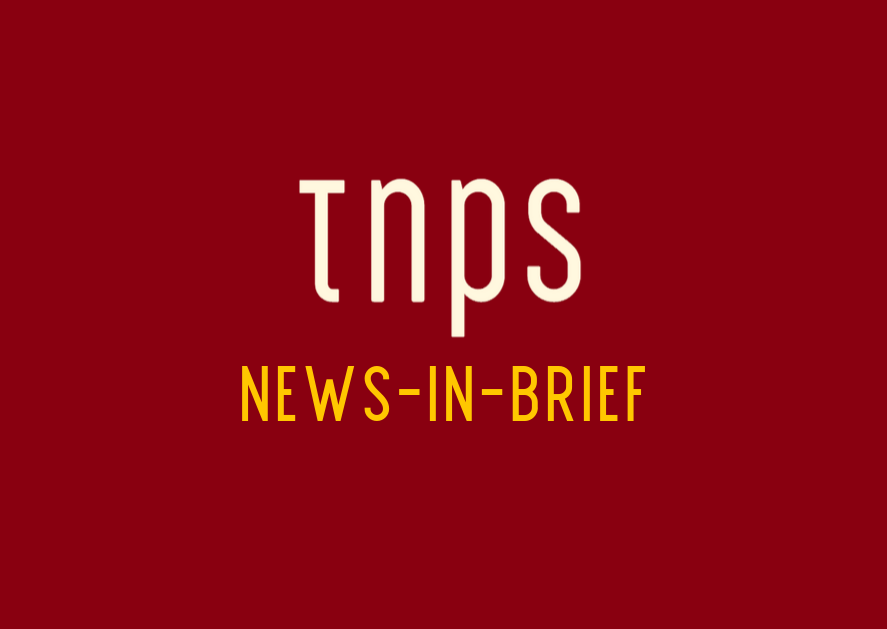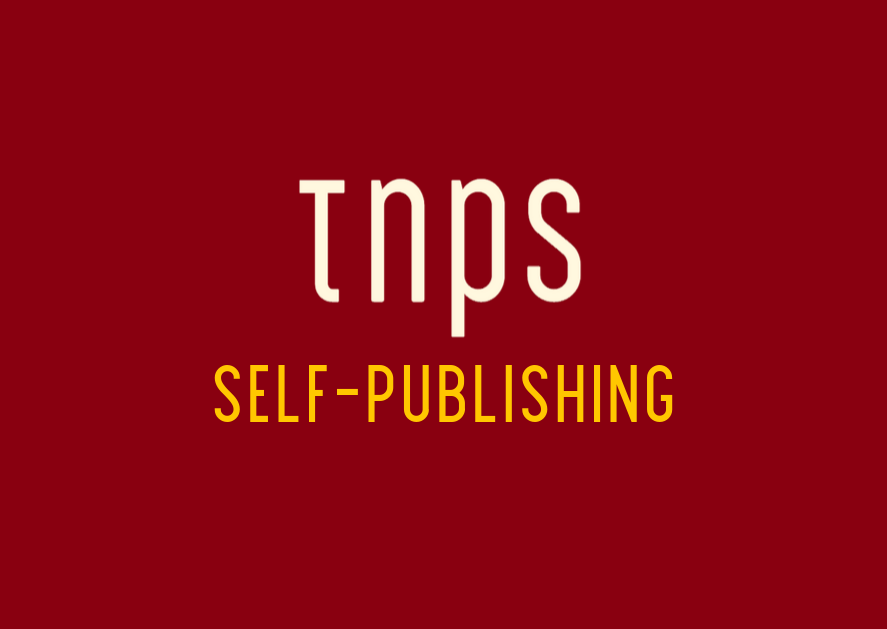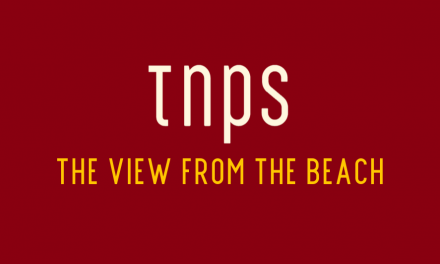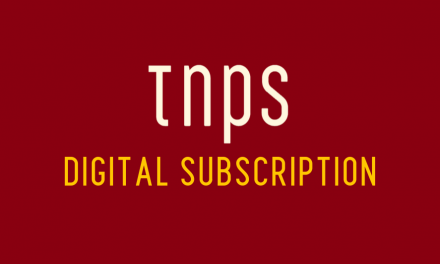The Hot Sheet is a publishing industry news-sheet for authors, produced every two weeks by Porter Anderson and Jane Friedman, and reviewed here every other Sunday as one of the best twice-monthly industry overviews available to authors.
We’re not interested in delivering breaking news, but perspective on stories that are likely to retain meaning for your long-term decision making. We provide distance and nuance on complex issues that affect all authors, whether traditionally published or self-published.

The Hot Sheet – every other Wednesday
The latest Hot Sheet began with a review of the news emerging from mainstream publishing.
Under the headline “As 2017 Heads into Its Final Quarter, Traditional Publishers See Strong Backlist Sales—Again,” the Hot Sheet reports,
2016 marked a fourth straight year of volume growth for traditional publishers, with the industry up by 3.3 percent … Early reports make 2017 look very similar to 2016—and publishers are celebrating.
Print sales, Publishers Weekly confirms, are up 2% year on year, “despite the lack of a hot new title in the first nine months of 2017.”
This being too soon for Dan Brown’s latest, Origin, to make a significant impact, the Instagram poetry book Milk and Honey is the year’s best-selling title so far, and being poetry that somehow qualifies it as non-fiction.
On which point the Hot Sheet notes Brown’s Origin saw 145,000 hardcover sales during its first week, compares to 369,000 first-week hardcover sales of Inferno in 2013.
That’s a big drop, but too soon to say if this is Brown losing his touch, too many competing distractions and books are doomed as a form of entertainment, or maybe it’s all down to “print fatigue,” given the current vogue for “screen fatigue” as an excuse in some quarters to explain away format disinterest.
The Hot Sheet‘s “bottom line” (always the must-read of each section): The absence of a traditional publishing blockbuster (Harry Potter last year) impacts not just publishers but also bookstore sales, down 11% percent in August compared to last year. But the Frankfurt mood was buoyant, with publishers comfortable with declining ebook sales and slight print growth, “never mind that print market share and growth is dominated and driven by Amazon.”
But are ebook sales really in decline? The numbers coming from mainstream industry sources say yes. But that’s not the whole story.
Under the headline “Self-Publishing Output Is Up; CreateSpace Completely Dominates,” the Hot Sheet notes Bowker reporting an 8% increase in self-published titles in 2016 compared to 2015, adding the caveat that “Bowker is an agency that issues and counts ISBNs in the US, which is not the same as measuring the size of the entire self-publishing market.”
What Bowker does offer is insights into self-publishing services like CreateSpace, Smashwords and Author Solutions, because these companies register ISBNs with Bowker as new titles are released.
But even that is open to interpretation. Under Bowker “rules”, if a book is released as a hardback, paperback, epub and mobi four separate ISBNs are required, although the reality is most indie authors, if they use ISBNs at all, use the one ISBN for both mobi and epub. An ebook is an ebook, after all, and all the mobi ISBN tells us is that the mobi registered ISBN will likely be sold on Amazon, the epub ISBN on other digital outlets.
But for what it is worth Bowker records a decline in ISBNs issued to both Smashwords and Author Solutions. Interestingly no figures are cited for Smashwords’ main US-based pay-as-you-sell aggregator rival Draft2Digital.
Industry sources aside, our main go-to place for the numbers about self-publishing, and for an alternative view on mainstream publishing numbers, is the Author Earnings Report, last seen back in February.
Speculation has been mounting (not least from me, I must admit) that perhaps we had seen the last of the Author Earnings statements, but Data Guy emerged from his secret hidey hole on a couple of occasions this past week or so to confirm there will be a new Author Earnings Report later this year, and he offered a few teaser insights into what numbers he’s been registering. Needless to say they are not at one with the observations of Bowker and of the Big 5 publisher statements on ebook sales.
A brief summary on those figures this coming week here at The New Publishing Standard (assuming the new AE Report doesn’t go live before I get to it).
The Hot Sheet also picks up on Bowker’s reporting of CreateSpace ISBNs, noting CreateSpace has close to 80% of the POD market.
No real surprise here. CreateSpace is the easiest US-based POD operator to use, both for American and those from the rest of the world, and it dishes out the Bowker-purchased ISBNs free of charge.
Compare IngramSpark, which is the second POD most indies turn to, but which obliges indie authors to provide their own ISBNs.
Bowker thoughtfully charge $125 for a single ISBN (or $295 for 10 or 100 for $575) so no surprise most indies stick with CreateSpace. But for anyone thinking Amazon is handing out expensive freebies, big publishers buying in tens of thousands pay literally pennies to Bowker per ISBN.
Friedman and Anderson at the Hot Sheet comment,
We’ve heard speculation in the indie author community that Amazon will push indie authors using CreateSpace to the new KDP Print service (which we wrote about here). The sheer size of the CreateSpace business, along with its continued growth, make that exceptionally unlikely.
Hmmm, on this point I’m in the former camp. Amazon now has three POD services, one aimed at “publishers”, one aimed at indies and another aimed at indies in KDP.
Amazon Print-on-Demand is where the big boys play, and indies are not welcome.
Does Amazon intend to maintain Amazon Print-on-Demand and CreateSpace and KDP Print?
In November 2016 the FAQs on the Print-on-Demand page read,
19. I am an author and I want to self-publish, can I take advantage of Print-On-Demand to publish my novel?
The information on this website is intended for publishers, however Amazon does offer Print-On-Demand services for authors who want to self-publish. Please visit (CreateSpace) for more information.
In October 2017 there are only nine FAQs and #8 reads,
8. What is the difference between CreateSpace and Amazon Print-On-Demand services?
CreateSpace is a service through which both independent authors and publishers using POD can upload and manage their titles. For publishers uploading titles in bulk and with more specific requirements as a publisher of multiple titles, Amazon’s Print-on-Demand services may be more appropriate. For authors, signing up to Kindle Direct Publishing is the best option for publishing titles in both eBook and paperback.
CreateSpace is treated by Amazon as just a landing page to to redirect visitors to either Amazon POD or KDP Print
Just this past month we have seen the closure of the separate CreateSpace retailing option, the CreateSpace e-store, removing one of the perks of CreateSpace not available to KDP print authors.
Anderson and Friedman argue, “The sheer size of the CreateSpace business, along with its continued growth, make (shifting all indies to KDP print) exceptionally unlikely.”
I would argue the sheer size of the CreateSpace business means it will be far more manageable by shifting all the small-fry indies into KDP Print (where incidentally Amazon gets to sit on the money an extra month compared to the CreateSpace payout schedule) and allowing Amazon Print-on-Demand to service the “publishers.”
My guess is indies will wake up one morning and find all their CreateSpace titles have been shifted to their KDP accounts, and that the current opt-in choice will last only as long as KDP Print beta needs to sort its teething problems.
Other topics covered by the second October 2017 Hot Sheet include Amazon’s continuing problems with taxation in Europe, changes to copyright law, and the politics of Frankfurt.
Plus the usual great round-up of smaller news items and some must-click links.
Click here to find out more about the Hot Sheet, and get a thirty day free trial (two free issues, as it publishes every other Wednesday).
NB: The New Publishing Standard does not carry affiliate links and we receive no compensation from any mention of any service, paid or otherwise.





